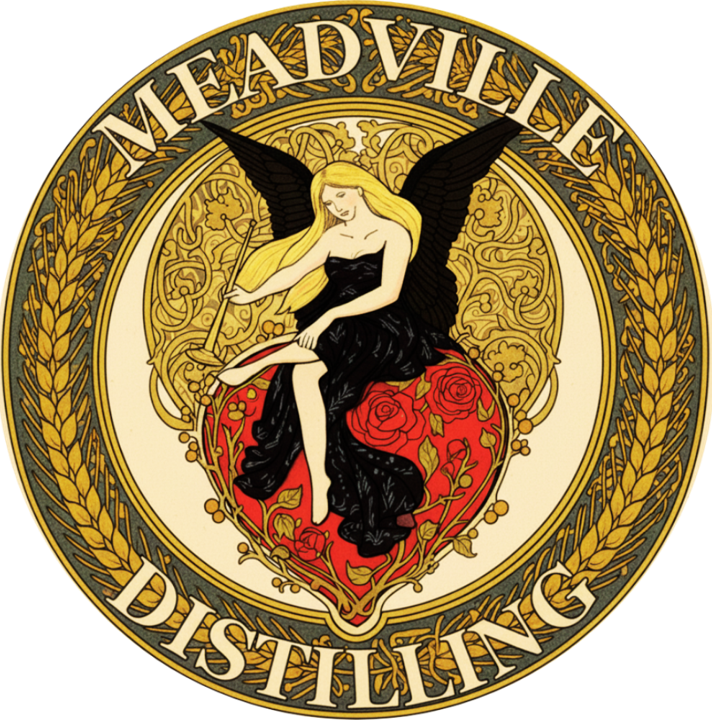Our
History
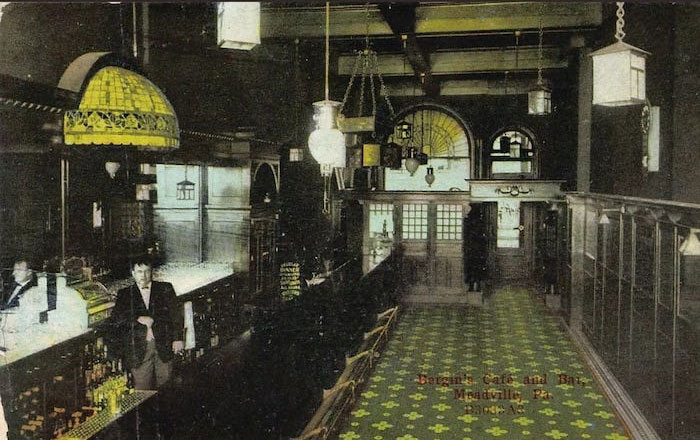
American whiskey was born in Pennsylvania.
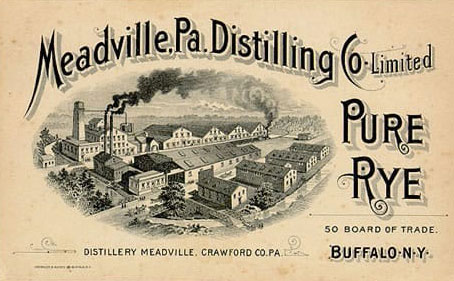
European settlers brought their distilling techniques to the New World in the 1600s; moving into what’s now Pennsylvania, they found that the local grains were perfect for crafting whiskeys similar to those made back in Scotland and Ireland. And forget about corn – rye was abundant in the region, making it the ingredient of choice, and rye whiskeys dominated the market.
The Whiskey Rebellion was fought over rye whiskey taxation – George Washington, the president who put down that uprising, loved rye so much that he started a rye distillery of his own after leaving office. Up until Prohibition, rye – not bourbon – was the dominant whiskey variety in the U.S. By the early 1900s, Meadville Distilling Company was among the top distilleries in Pennsylvania, producing a high-quality “pruyo” rye sold in cities from coast to coast – right up until the Temperance Movement shut them down (and even after!)
And now, the legendary Meadville Rye is back. While producers outside the Commonwealth are looking to cash in on the rye craze, a group of dedicated Pennsylvania rye fans – distillers, growers, historians, and more are committed to reclaiming Pennsylvania’s rye whiskey heritage. Meadville Distilling is among them, using the original recipe dating to the Gilded Age and handcrafted by a master distiller using grains grown on local farms. The revival of Pennsylvania Rye Whiskey is here, and Meadville Distilling is helping restore America’s true spirit back to prominence.
Timeline
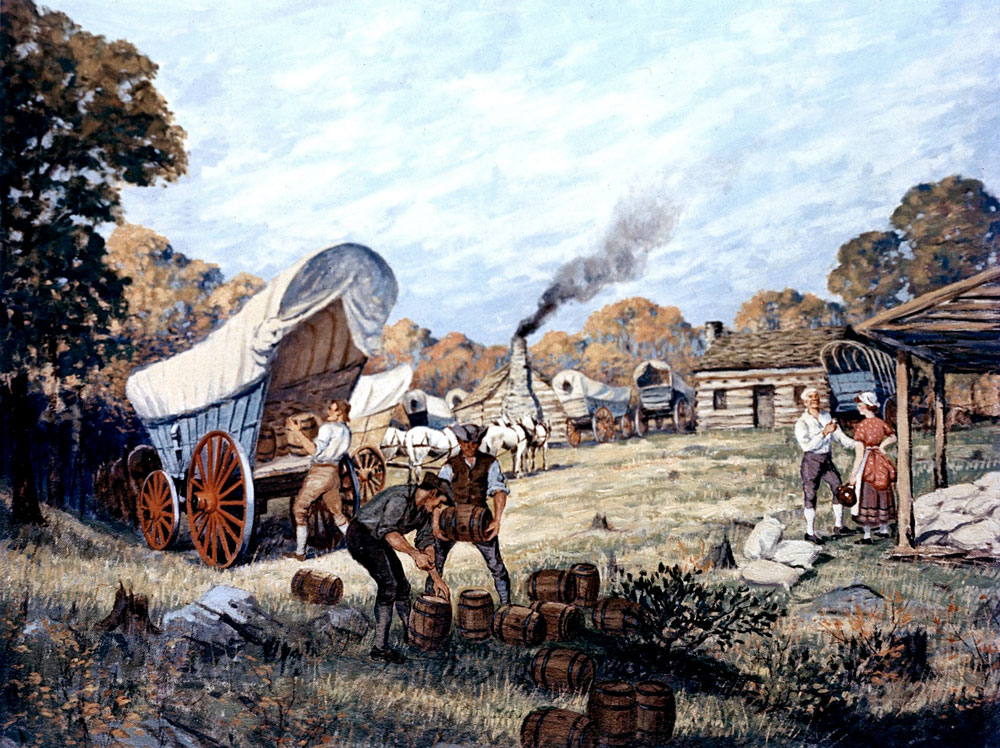
1788
General David Mead and a small group of companions founded the Northwest Pennsylvania settlement that would eventually become Meadville. The area was perfect for growing rye, and it quickly became the grain of choice for local distillers.

1794
President George Washington sends troops to quell an uprising of Western Pennsylvania farmers and distillers, who were angry at a whiskey tax enacted by the federal government in 1791. The three-year uprising became known as the Whiskey Rebellion.

1810
The first officially known distillery begins operations in Crawford County, and by 1820, 23,688 barrels of whiskey are produced in the area according to county records.

1823
The town of Meadville is incorporated as a borough.
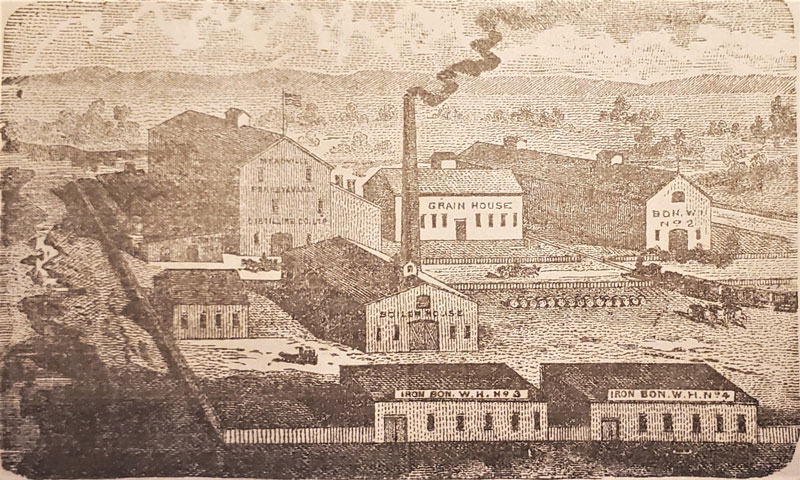
1860
Meadville’s first full-production distillery, Peifer and Richards, begins operation.
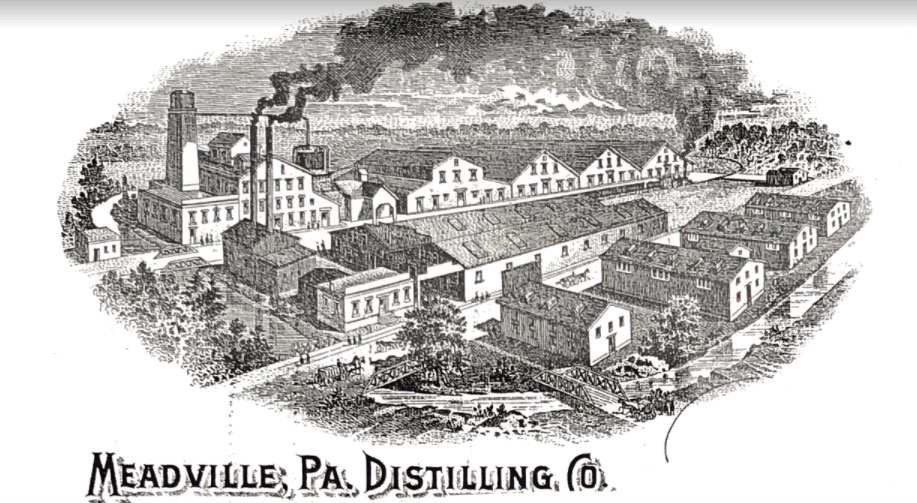
1885
After a series of ownership changes, Peifer’s distilling company formally adopts the name Meadville Distilling Company. It’s believed to have an output of 3500 barrels of rye whiskey a year.

1886
Meadville Distilling is purchased by one of the country’s largest distributors, C. P. Persons and Sons of Buffalo, New York. Soon restaurant patrons were asking for “Puryo Meadville” which was listed on the menus at the finest establishments in Pittsburgh, Cleveland, Chicago, and New York City.

1891
Meadville Distilling completed a massive expansion only to expand again in 1894. By 1895 Meadville Distilling had added three fully bricked, seven and eight-story warehouses with 3,360 square feet of storage on each floor which would put the company on pace to be one of the largest distillers nationally within five years.
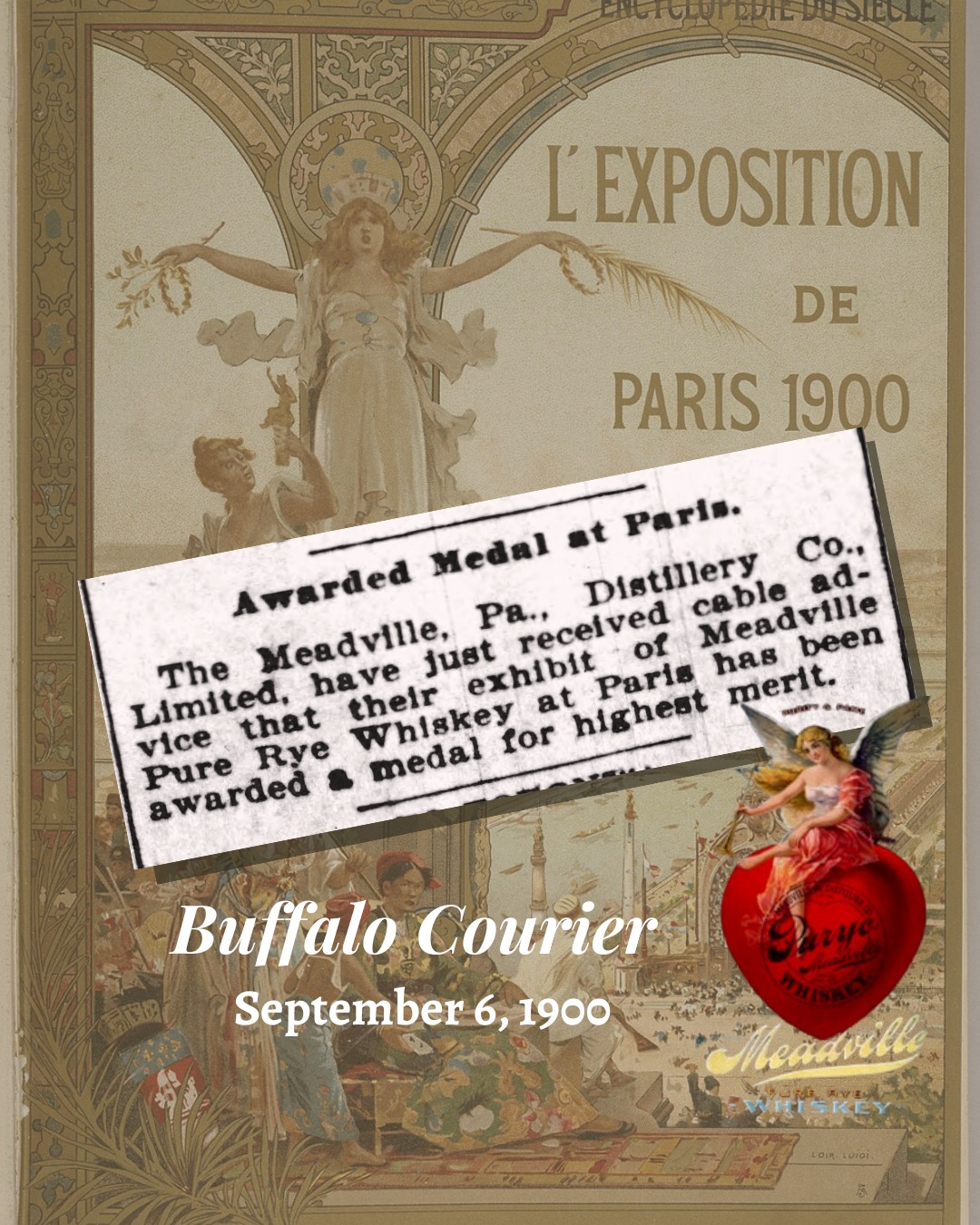
1900
Meadville Distilling’s "Pennsylvania rye whiskey" is awarded the highest honors at the 1900 Paris Exposition - a Grand Prix medal.
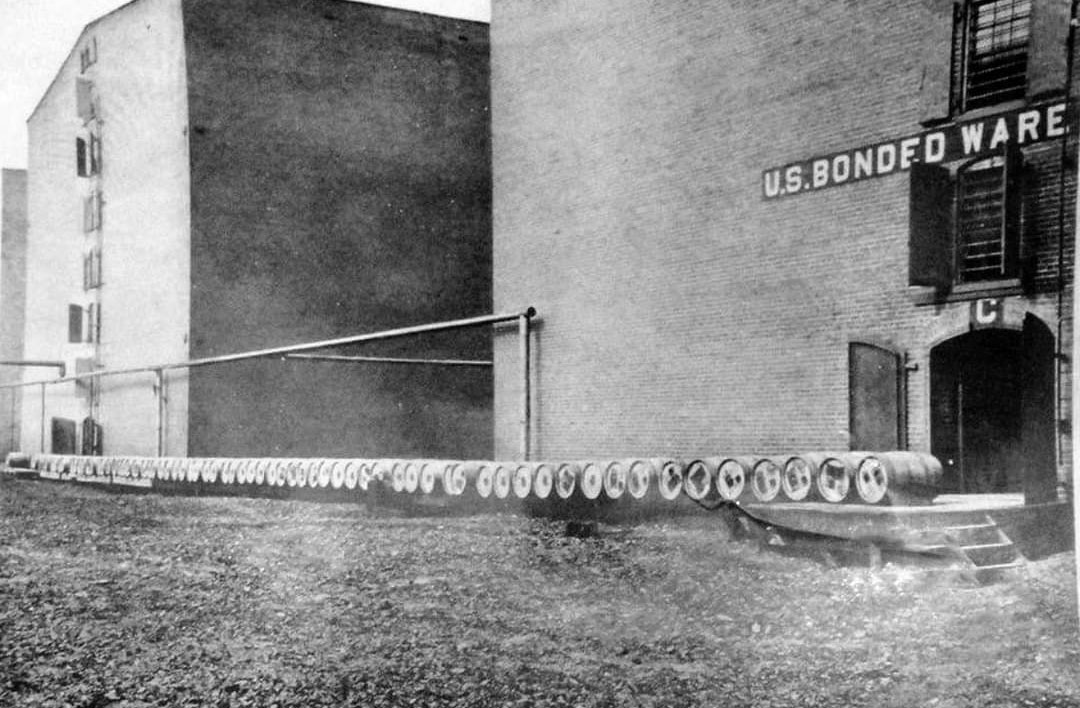
1905
Four years after incorporating in 1901, the company added a brick distilling building, drying plant, and boiler house in a third expansion that doubled their production capacity.
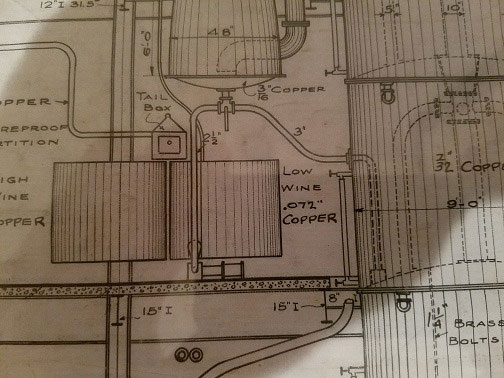
1912
Meadville Distilling hired chemist and biologist G. L. Kraatz as the plant manager, and the company produced 18,000 barrels of whiskey that year. Krantz eventually documents in great detail, the distillery’s original rye recipe and distilling process, the same recipe used to make Meadville Rye today!
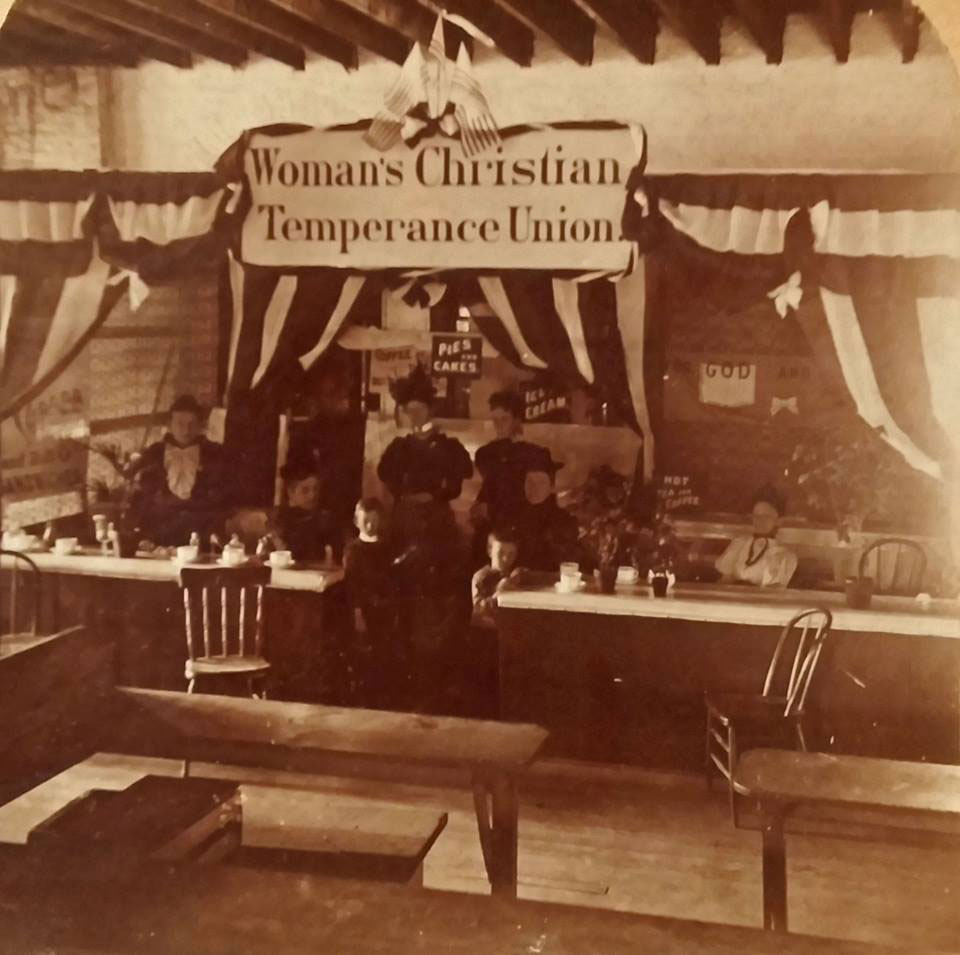
1916
Heavily influenced by the growing temperance movement, local officials refuse to renew liquor licenses and Crawford County goes dry on March 1st. The decision, combined with the high price of rye cuts Meadville Distilling’s production drastically. By 1917 less than 50 barrels were produced that year.
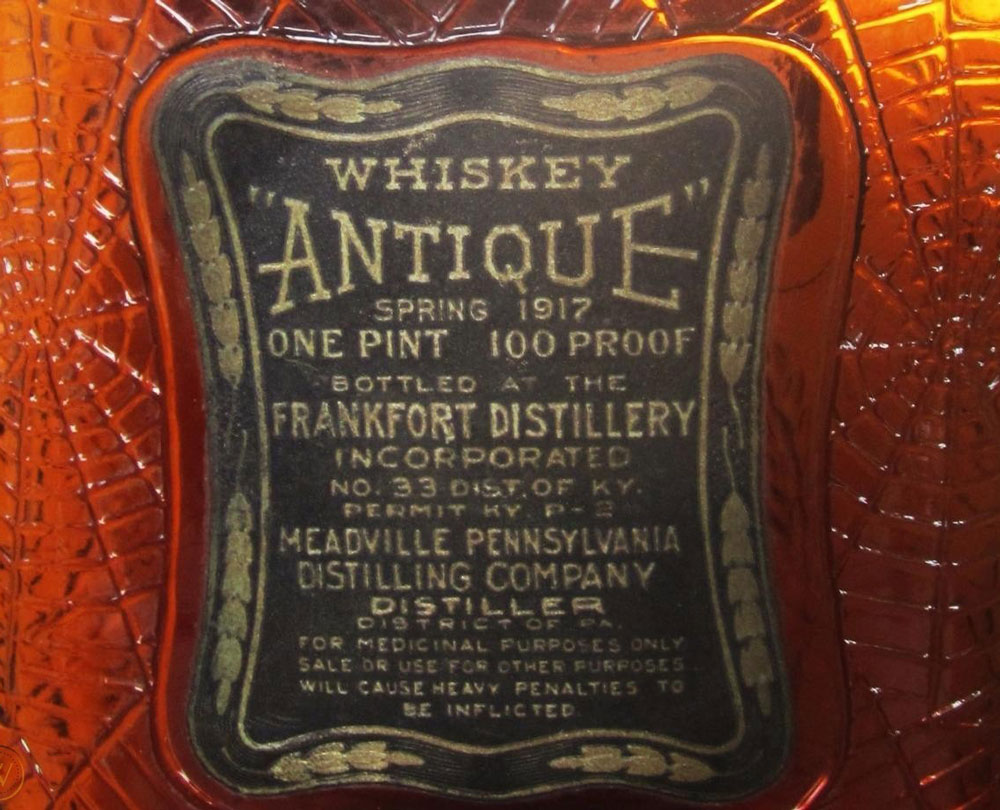
1919
The 18th Amendment to the Constitution is passed and Prohibition goes into effect. Most of Meadville Distilling’s inventory is eventually shipped to government-controlled warehouses in Frankfort, Kentucky where it’s distributed legally for medicinal purposes.
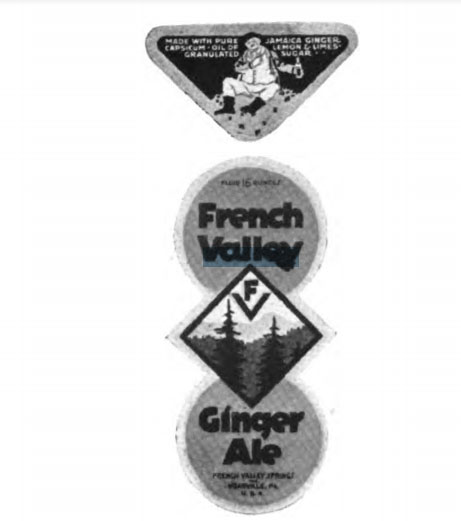
1924
During Prohibition, Meadville Distilling reorganized to produce Ginger Ale as French Valley Springs but the venture failed and the company eventually closed in 1924.
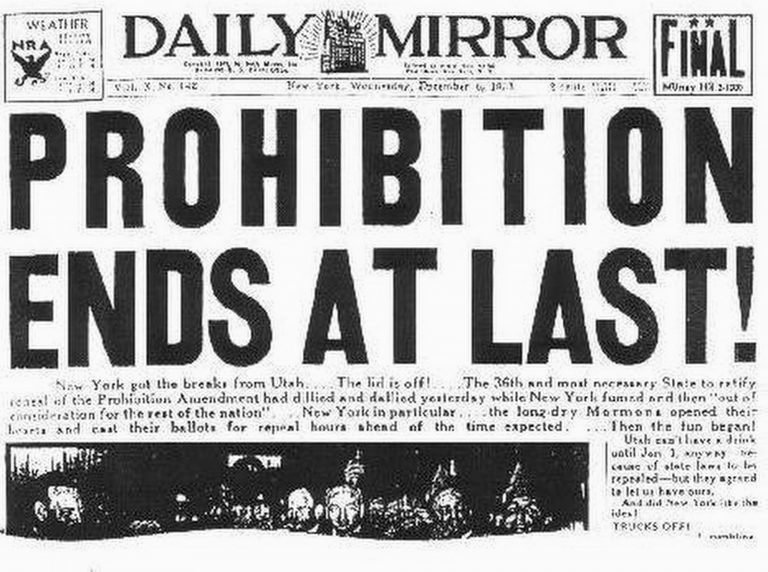
1933
Prohibition officially ends in January and local businessmen attempt to revive Meadville Distilling.
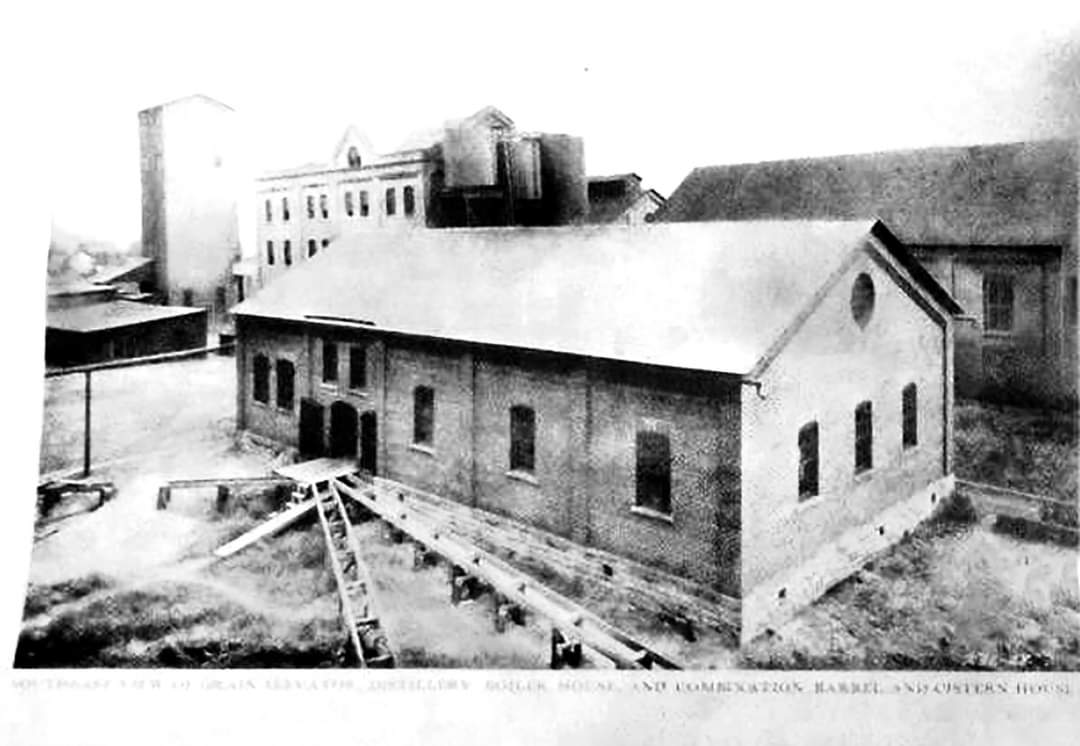
1937
Production of Meadville Rye begins again using the original recipe and yeast which had been in the possession of Mr. Krantz who is rehired to oversee operations.

1947
After a number of changes to the company’s original name, Meadville Distilling is unable to recapture its former glory and shuts down. By 1951, all distilling operations in the area ceased.
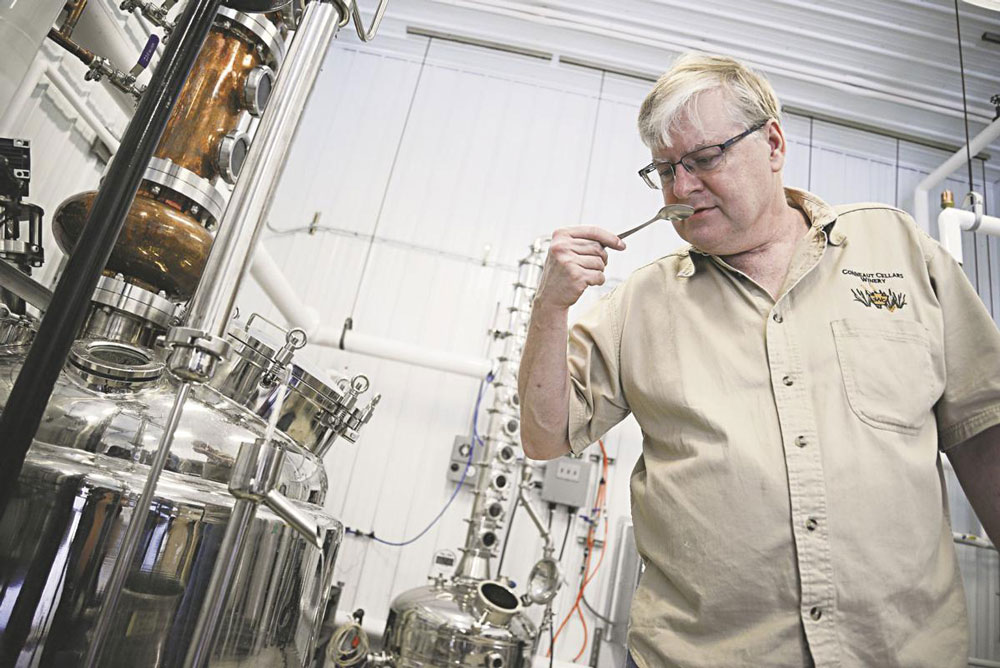
2017
The original Meadville Rye Whiskey recipe recorded by Mr. Krantz, is obtained at auction and put into limited production under the name Meadville Distilling through a partnership between Historia Inspired, LLC and Conneaut Cellars.

2021
Pennsylvania rye royalty returns when the first barrel of Meadville Rye is bottled and released for sale on July 4th.
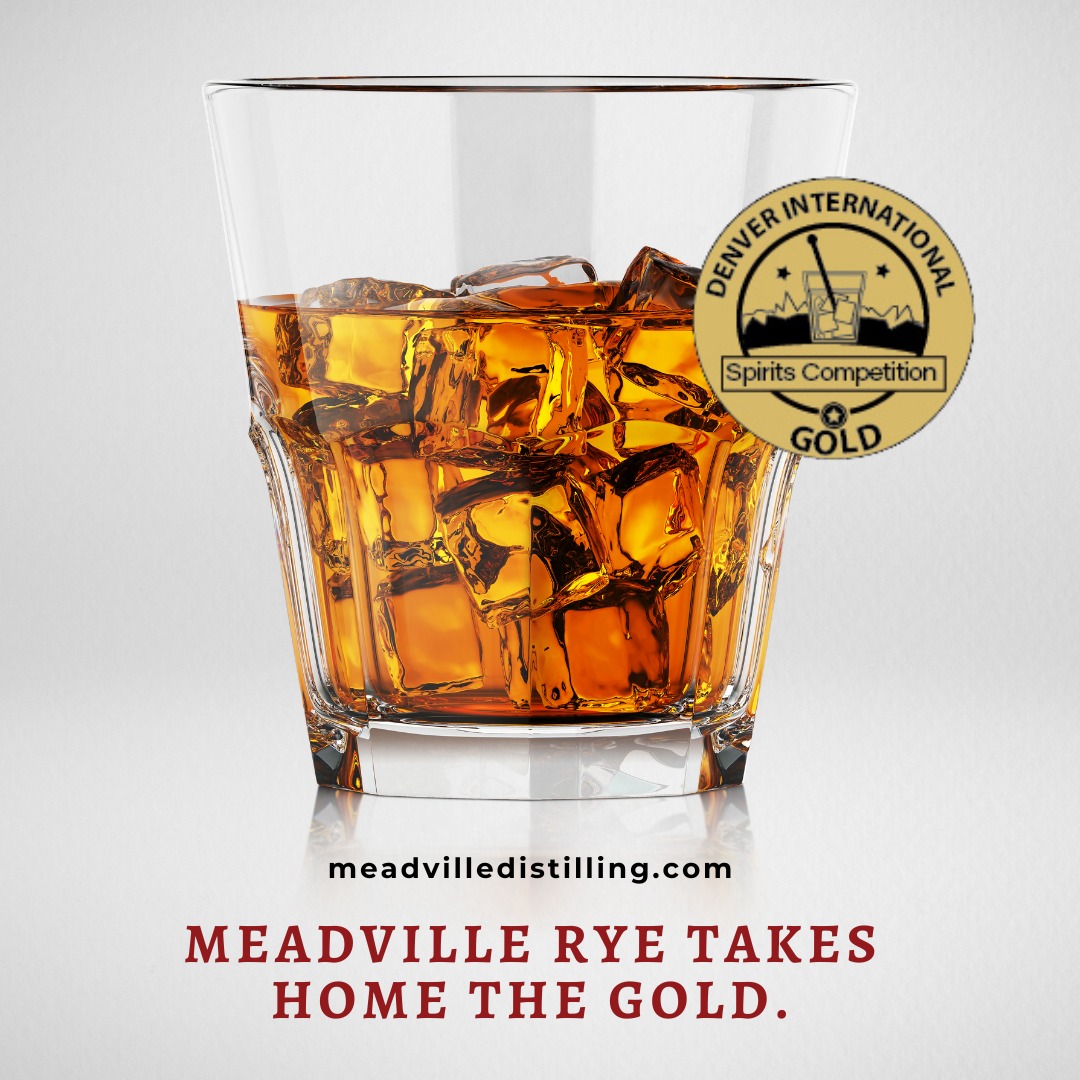
2022
Meadville Rye regains its place of prestige striking Gold at the Denver International Spirits Competition.

2024
Meadville Distilling opens The Vault Lounge for monthly tastings and events where patrons can sip authentic PA rye in an exclusive hidden setting.
